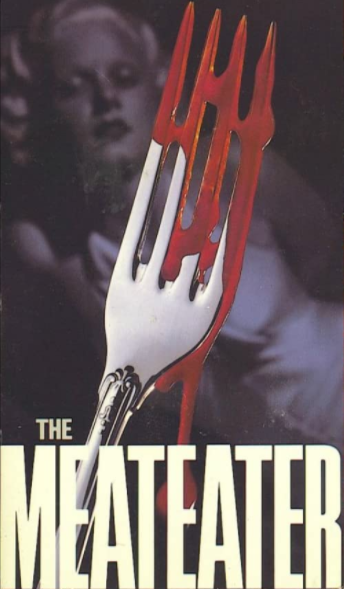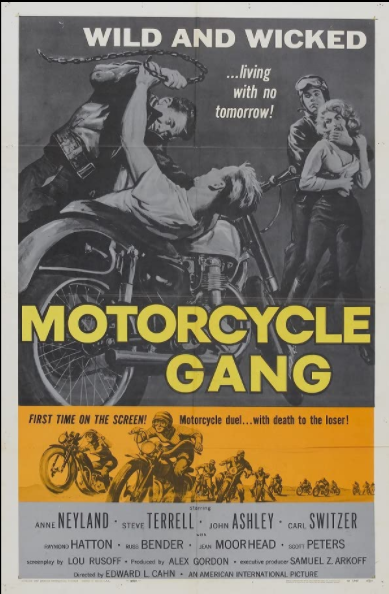People are all gaga for superhero cinema nowadays, but can you imagine a time when there were no superhero movies? To find the first one, you have to go all the way back to 1941 with this twelve-chapter Republic Pictures serial. The producers originally wanted to make a Superman serial, but when DC wanted too much money, they went to Fawcett Comics instead and secured the rights to Captain Marvel. Naturally, DC later sued and bought up the rights to Captain Marvel before dropping the name and calling the character by his catchphrase, “Shazam!” Then, Marvel came out with their own Captain Marvel and made her a woman, so you wouldn’t be confused that there were two Captain Marvels running around. Got all that?
Anyway, Tom (The Mummy’s Hand) Tyler stars as Captain Marvel. The young Billy Batson (Frank Coghlan, Jr.) accompanies an expedition to Siam to investigate a tomb. When he refuses to raid the treasure, he is rewarded with the powers of Captain Marvel by the wizard Shazam. All Billy has to do is say the word, “Shazam!” and he becomes Captain Marvel. Meanwhile, the scientists from the expedition are targeted by the evil Scorpion who wants to build a death ray using artifacts found in the tomb.
The flying scenes must’ve been really something for the time and remain OK by today’s standards. In fact, many of the flying techniques pioneered here (a mix of rear screen projection and a dummy zipping around on a wire) would be used for decades after. Also, Shazam’s powers (flying, deflecting bullets, and feats of strength) were most certainly the blueprint for the future screen versions of Superman. What makes Shazam different from Superman is that when the chips are down, he will grab a machine gun and mow down a bunch of henchmen. Rambo eat your heart out. He also throws henchmen to their death (or at least their dummies anyway). I know Batman has a “no killing” rule, but thankfully for the audience, Captain Marvel does not abide by it. I mean this is the ‘40s we’re talking about here. The Captain doesn’t have to follow all that Comics Code crap. He can gleefully kill a bunch of henchmen, and all is right with the world.
As is the case with most serials, it’s a bit tough to watch the entire thing in one sitting as it clocks in at over three and a half hours. At least the cliffhangers have some variety to them, which makes Adventures of Captain Marvel a little better than your average serial. The cliffhangers include exploding bridges, a cool motion-activated guillotine, exploding planes, runaway cars, and molten lava (a scene that was later repurposed in Radar Men from the Moon).
Tyler (who later went on to play another superhero, The Phantom three years later) is pitch perfect as Captain Marvel. Although you just know he will escape each week’s episode unscathed, you still root like Hell for him. It also helps that he only appears whenever Billy says “Shazam!”, which means he doesn’t wear out his welcome. Coghlan, Jr. also does a good job as Billy Batson. He has the right blend of “aw, shucks” wholesomeness but can still hold his own in a fight. Sometimes, he doesn’t resort to transforming into Captain Marvel to save people, which is a nice touch. It was also fun to see Ed Wood regular Kenne Duncan as The Scorpion’s right-hand man.






